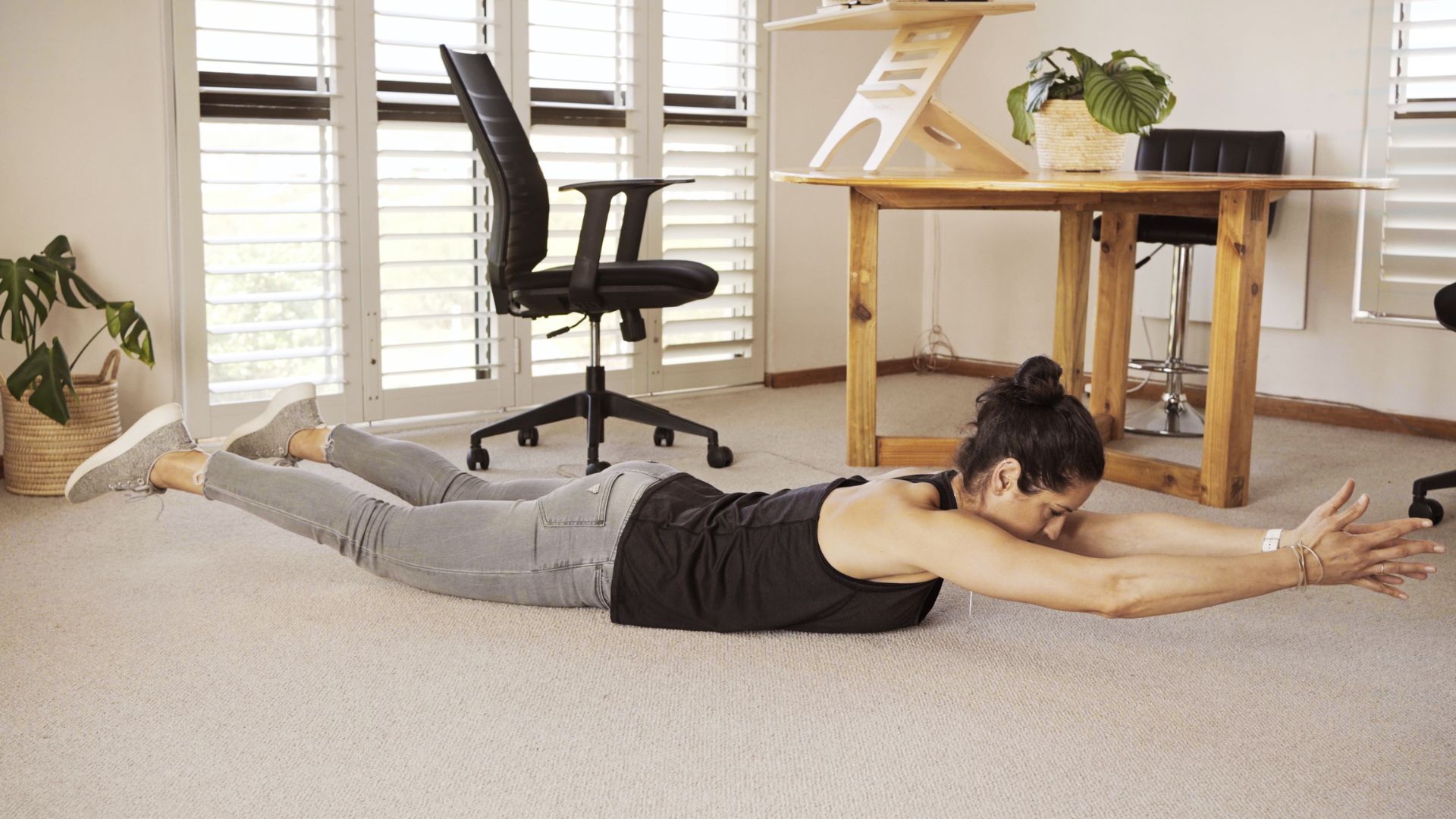How to clean your ears safely: Get rid of earwax without q-tips or cotton buds
Don't risk ear infections by using q-tips or buds – here's how to clean your ears safely and effectively. Listen up


Picture the scene: you've just had a fantastic workout. The tunes from your workout earbuds have been thudding in your ears. But then, upon removal, you notice a faint waxy build-up around the in-ear fit. Gross, especially on top-quality earbuds like the ones in our best workout earbuds guide. Cleaning your ears out every so often might even improve the sound quality.
When we notice a bit of waxy build-up, most of us reach for the q-tips or cotton buds, even though we know we shouldn't. Cotton buds in our ears feel great because there's so many sensitive nerve endings that don't often get touched, and it's satisfying to see a dirty cotton bud once we scrape our ears clean.
However, cotton buds can potentially be extremely harmful to our ear canals. One study, published in the British Journal of General Practice, found this led to "well documented complications including trauma, impacted ear wax, infection, and retention of the cotton buds".
But despite lots of manufacturers' warnings against it, cotton buds are still being used to clean out our ears. During the study, 144 (60%) female and 95 (40%) male adults in the UK were polled about their cotton bud usage. A hefty 68% of respondents admitted using cotton buds in their ears, with 76% of those using them at least weekly, if not even more frequently.

In most cases, earwax isn't even harmful: it's a natural secretion which forms a protective layer within the ear canal. It's only when earwax builds up enough to create a "plug" of sorts should we begin to worry, as this can affect our hearing and cause an unhygienic environment. Digging around with a cotton bud or q-tip will only push that plug deeper, for the most part, potentially leading to an ear infection.
There are a few safer methods to employ. The UK's National Health Service issued some guidance on safe methods for ear cleaning and earwax plug removal. Ear drops, usually small pipettes of ordinary olive oil or sodium bicarbonate, can soften the wax if applied two to three times a day, for two to three weeks.
You can assist the removal of earwax by flushing the ear with a syringe. Don't panic, it's not a needle: a bulb syringe, like the picture above, can inject warm water into the ear canal to help flush out the now-softened earwax build-up. It might feel less satisfying than scraping your ear with cotton, but it's certainly safer and more efficient.
Get the Fit&Well Newsletter
Start your week with achievable workout ideas, health tips and wellbeing advice in your inbox.
These bulb syringe, ear drops and home-cleaning kits can be purchased on Amazon in the US here and Amazon in the UK here.
Matt Evans is an experienced health and fitness journalist and is currently Fitness and Wellbeing Editor at TechRadar, covering all things exercise and nutrition on Fit&Well's tech-focused sister site. Matt originally discovered exercise through martial arts: he holds a black belt in Karate and remains a keen runner, gym-goer, and infrequent yogi. His top fitness tip? Stretch.
-
 I swapped my usual core routine for this dumbbell workout—here’s why you should try it too
I swapped my usual core routine for this dumbbell workout—here’s why you should try it tooPick up some dumbbells and try my favorite deep core exercises
By Yanar Alkayat
-
 You don't need any equipment to improve your posture—just these three back-strengthening moves
You don't need any equipment to improve your posture—just these three back-strengthening movesThese three exercises will strengthen key back muscles
By Jennifer Rizzuto